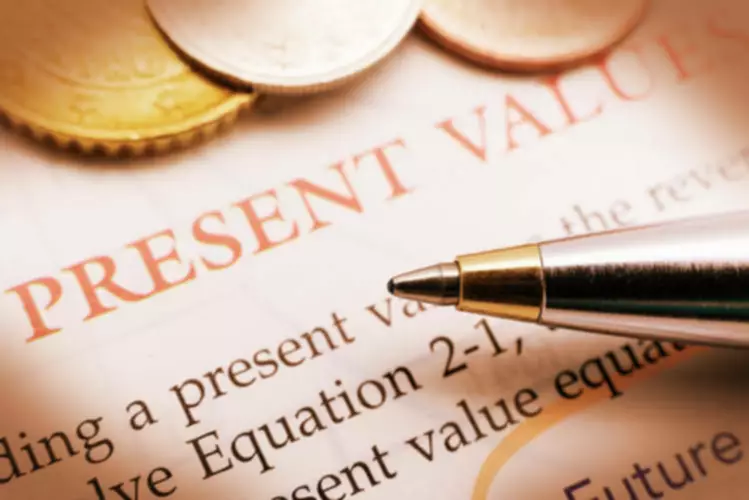Content
Managing working capital with accounting software is important for your company’s health. Positive working capital means you have enough liquid assets to invest in growth while meeting short-term obligations, like paying suppliers and making interest payments on loans. Business owners, accountants, and investors all use working capital ratios to calculate the available working capital, or readily available financial assets of a business. It’s an important marker because it can be used to gauge the company’s ability to handle its short-term financial obligations such as payroll, debts, and other bills. A company can improve its working capital by increasing its current assets.

This means that XYZ company can meet its current liabilities twice with its base of current assets. The current uncertain economy may have caused some customers to pay their bills late. Instead of being late with payments to your suppliers or lenders, adequate liquid funds on hand can keep you current while you wait for the marketplace to change.
Working Capital Formula
Go a level deeper with us and investigate the potential impacts of climate change on investments like your retirement account. Too much inventory in stock attracts storage and maintenance cost, which in turn reduces the company’s profit. These companies might be more comfortable with a ratio close to 1 in inventory to working capital. Calculating your working capital is a quick way to gain an overview of your business’ cash flow. It’s important to look not at just at the numbers, but to examine the reason behind the numbers, and to analyze whether it’s from a short-term or long-term event, or just due to what’s most efficient for your type of business.
- Current liabilities are best paid with current assets like cash, cash equivalents, and marketable securities because these assets can be converted into cash much quicker than fixed assets.
- There are four key ratios you can use to monitor your working capital balance.
- Current assets include cash and assets that will be converted into cash within 12 months.
- If too much of their working capital is tied up in inventory, then they are unable to pay off short-term liabilities with their available cash.
- Sometimes, the payment terms agreed upon with the client are huge, like 75 days or 90 days, slows down the cash receivables.
The company can avoid taking on debt when unnecessary or expensive, and the company can strive to get the best credit terms available. The company can be mindful of spending both externally to vendors and internally with what staff they have on hand. It might indicate that the business has too much inventory or is not investing its excess cash. Alternatively, it could mean a company is failing to take advantage of low-interest or no-interest loans; instead of borrowing money at a low cost of capital, the company is burning its own resources. As such losses in current assets reduce working capital below its desired level, it may take longer-term funds or assets to replenish the current-asset shortfall, which is a costly way to finance additional working capital. Working capital (as current assets) cannot be depreciated the way long-term, fixed assets are.
Situations & Scenarios of Working Captial Ratio
Many factors can influence the amount of working capital, including big outgoing payments and seasonal fluctuations in sales. Several financial ratios are commonly used in working capital management to assess the company’s working capital and related factors. Working capital can also be used to fund business growth without incurring debt.
Some sectors that have longer production cycles may require higher working capital needs as they don’t have the quick inventory turnover to generate cash on demand. Alternatively, retail companies that interact with thousands of customers a day can often raise short-term funds much faster and require lower working capital requirements. It is extremely useful for the management, as it helps them ascertain the firm’s ability to make use of its current resources in facilitating its turnover.
Working capital ratio and how to improve it
Negative Net Working Capital indicates your company cannot cover its current debt and will likely need to secure loans or investment to continue operations and preserve solvency. A low ratio could mean that the company invests too much in inventory and account receivables, which may, in turn, result in obsolete inventory and excessive debt. In reality, you want to compare ratios across different time periods of data to see if the net working capital working capital ratio ratio is rising or falling. You can also compare ratios to those of other businesses in the same industry. Advisory services provided by Carbon Collective Investment LLC (“Carbon Collective”), an SEC-registered investment adviser. You can use the inventory to working capital ratio calculator below to quickly calculate the exact portion of the business’s working capital that is tied up in its inventories by entering the required numbers.

That is why current assets like cash, cash equivalents, and accounts receivables shall be pushed ahead efficiently to keep the cash flow healthy to achieve better WCR (Working Capital Ratio). You’ve probably heard the saying, “It takes money to make money.” That money is working capital, which is a measure of your business’s financial health. Working capital is the difference between your current assets and your current liabilities.
Najnowsze komentarze